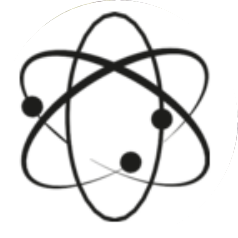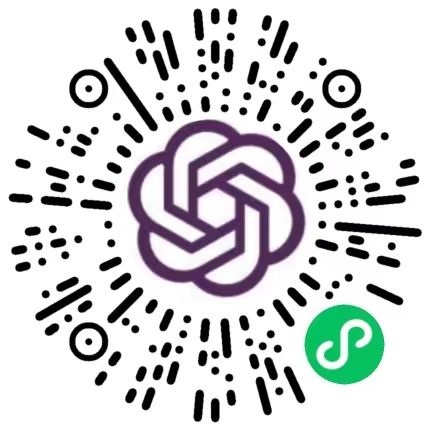Years ago, doctors often said that pain was a normal part of life. In particular, when older patients __1___ of pain, they were told it was a natural part of aging and they would have to learn to, live with it.
Times have changed. Today, we take pain _2__. Indeed, pain is now considered the fifth vital, as important as blood pressure, temperature, breathing rate and pulse in __3__a person’s well-being. We know that chronic(慢性的) pain can disrupt (扰乱的) a person’s life, causing problems that 4___ from missed work to depression.
That’s why a growing number of hospitals now depend upon physicians who __5__ in pain medicine. Not only do we evaluate the cause of the pain, which can help us treat the pain better, but we also help provide comprehensive therapy for depression and other psychological and social ___6__ related to chronic pain. Such comprehensive therapy often ___7__ the work of social workers, psychiatrists (心理医生) and psychologists, as well as specialists in pain medicine.
This modem __8_ for pain management has led to a wealth of innovative treatments which are more effective and with fewer side effects than ever before. Decades ago, there were only a __9__number of drugs available, and many of them caused __10__ side effects in older people, including dizziness and fatigue. This created a double-edged sword: the medications helped relieve the pain but caused other problems that could be worse than the pain itself.
A.result B.involves C.significant D.range E.relieved
F.issues G.seriously H.magnificent I.determining J.limited
K.gravely L.complained M.respect N.prompting O.specialize
答案:L;G;I;D;O;F;B;M;J;C


